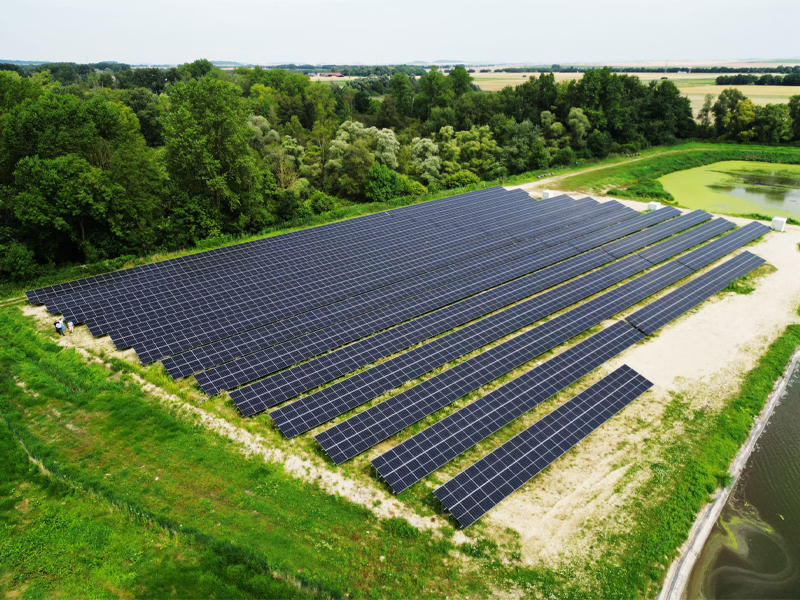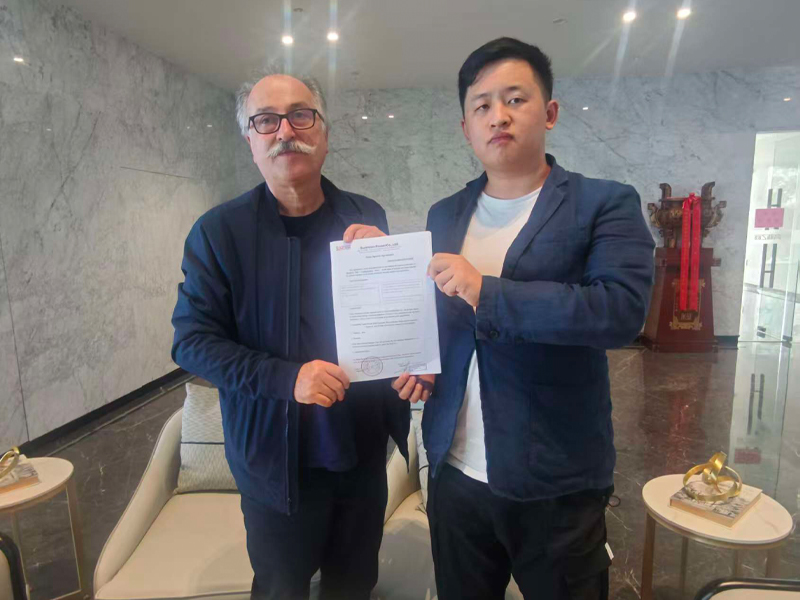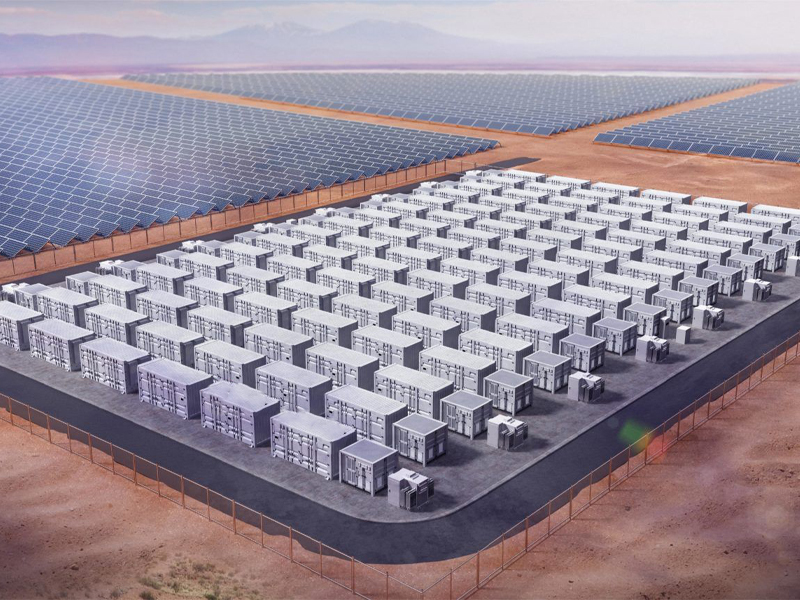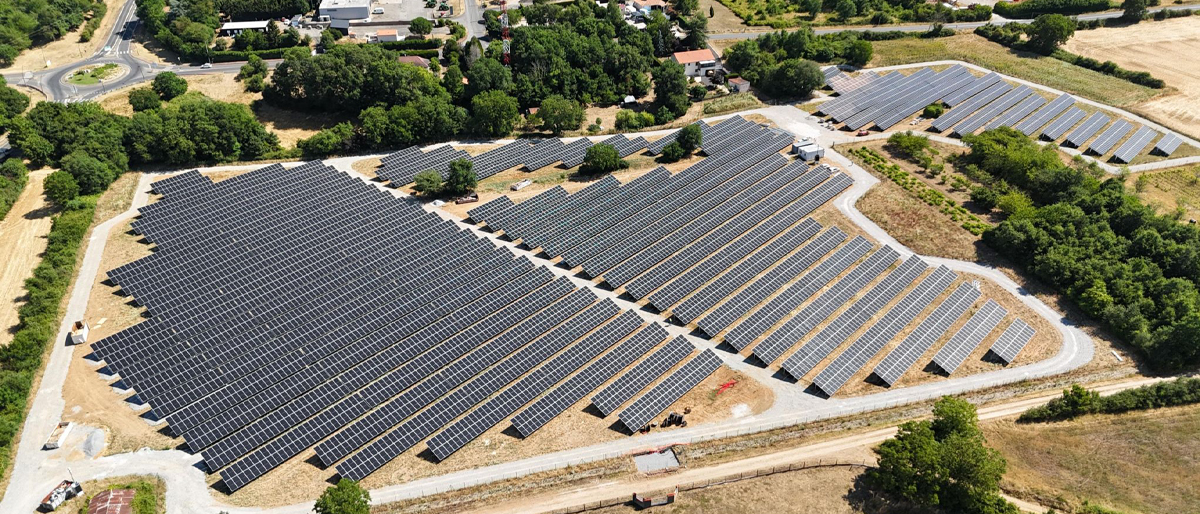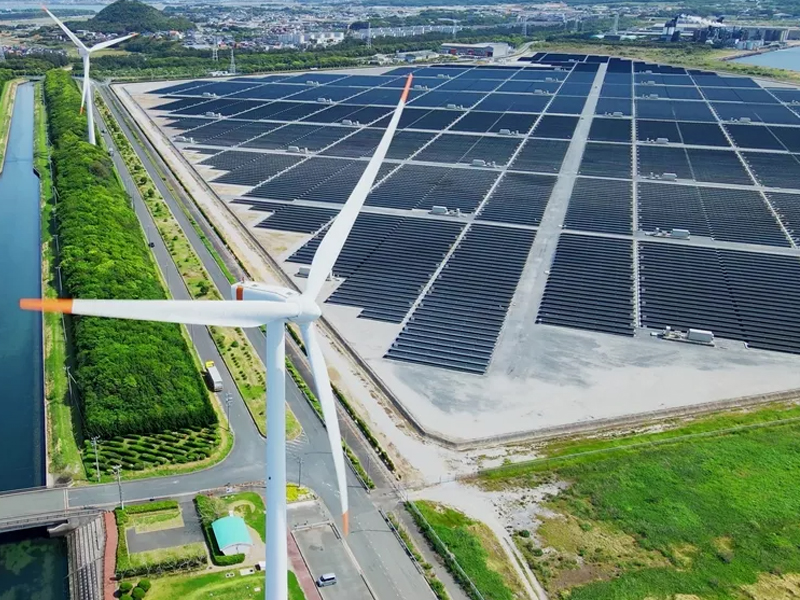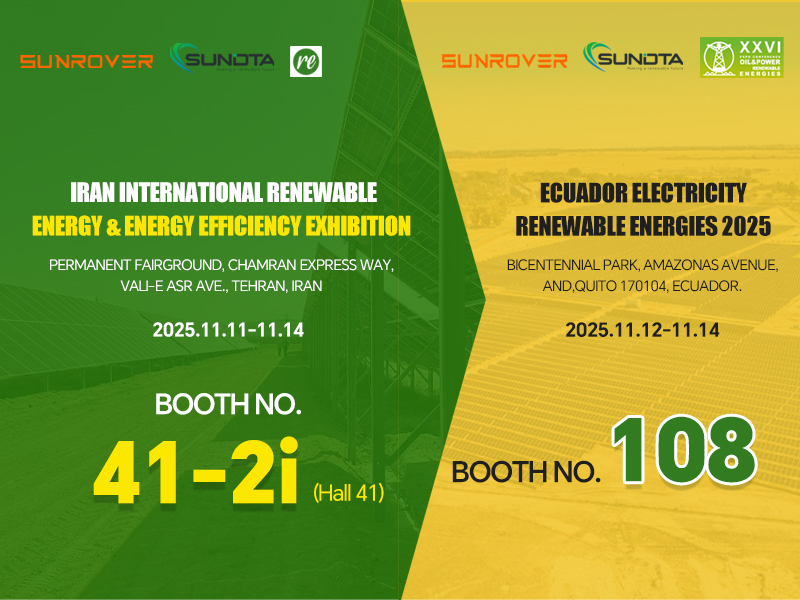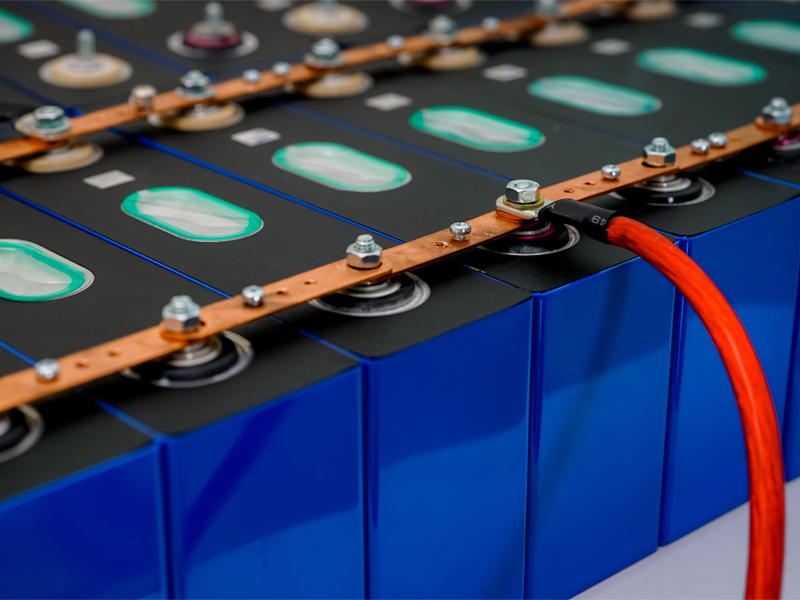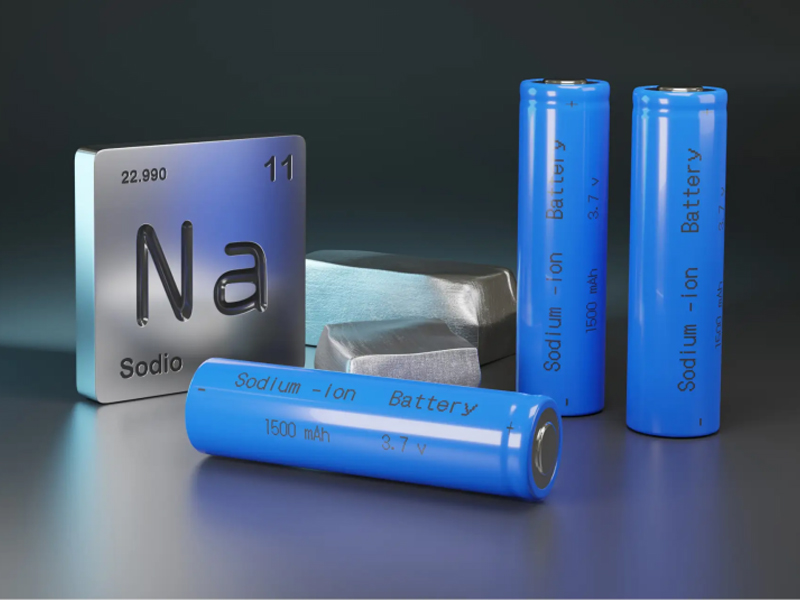SUNROVER: Fully Charged on Lithium. What's Next?
The Energy Storage industry in 2025 stands at the forefront of the times.
Data shows that from January to August 2025, China's newly installed energy storage capacity reached 75.9GWh, a 42% year-on-year increase, continuing the strong growth momentum since 2024.
Looking ahead, the energy storage industry's growth momentum is expected to continue. According to industry forecasts, China's newly installed energy storage capacity in 2025 is expected to exceed 149GWh, a year-on-year increase of 35%. By 2026, this figure is expected to further climb to 194GWh, maintaining a high growth rate of over 30%.
The energy storage industry has ushered in a new round of explosive growth, directly driving a surge in global demand for energy storage battery cells. The industry seemingly overnight went from a predicament of "overcapacity" to the current hot situation of "battery cell shortages."
Overall, the supply and demand relationship for energy Storage Batteries has remained tight this year, with various specifications experiencing supply shortages and production scheduling difficulties. Leading domestic companies, even second- and third-tier enterprises, generally maintain high-load operations year-round, with capacity utilization rates reaching 80%-90%, yet they still struggle to meet robust market demand.
Analysts predict that global demand for energy storage batteries will reach 521GWh by the end of 2025, a year-on-year growth rate of 60%.
Against this backdrop, sodium-ion batteries, as one of the key technologies for building new power systems, are experiencing an unprecedented window of development thanks to their abundant raw material resources, manageable costs, and high safety.
So, will sodium-ion batteries become the disruptor that will succeed lithium-ion batteries?

The Different Fates of Lithium and Sodium Batteries
Looking back on their development, sodium-ion batteries can be described as "starting early and arriving late."
Back in the 1970s, research on sodium-ion and lithium-ion batteries began almost simultaneously. However, in the 1990s, lithium-ion batteries, thanks to their superior overall performance, were the first to achieve commercialization breakthroughs, significantly accelerating the pace of technological implementation.
In contrast, the development of lithium-ion batteries, which lacked an energy density advantage, slowed significantly, becoming marginalized by mainstream research and even stagnating at one point.
With the expansion of the energy storage industry, lithium-ion battery raw materials faced increasingly severe resource constraints and supply chain pressures. This has revitalized sodium-ion battery technology, and related research and industrialization have been put on the agenda.
At the core raw material level, the fundamental difference between sodium-ion and lithium-ion batteries lies in their working ions. Lithium-ion batteries typically use lithium carbonate as their key lithium source, while sodium-ion batteries offer a wider range of sodium sources. Although sodium carbonate, sodium bicarbonate, sodium acetate, sodium oxalate, sodium citrate, sodium nitrate, sodium hydroxide, and even metallic sodium have all been explored in laboratory research, sodium carbonate is generally considered the most promising mainstream raw material in the industry, considering the stringent requirements of large-scale production on cost, process safety, and acid-base environments.
Compared to lithium resources, which are relatively low in abundance and concentrated in the Earth's crust, sodium is extremely abundant in the Earth's crust, widely distributed globally, and easier to mine than lithium.
Although considered two distinct technological paths, sodium-ion batteries and lithium-ion batteries actually share a deep technical foundation. Their operating principles are similar, and their production processes, equipment, and various materials can be reused.
In terms of their operating principle, sodium-ion batteries primarily rely on the movement of sodium ions between the positive and negative electrodes to charge and discharge. During charging, sodium ions are deintercalated from the positive electrode, migrate through the electrolyte, and then through the separator to intercalate into the negative electrode, leaving the negative electrode in a sodium-rich state, thus completing the charge. The discharge process is the reverse.
At the material level, the two share highly similar separator and electrolyte compositions, and their performance requirements are largely consistent, providing a foundation for reusing existing production lines and processes. For lithium battery manufacturers planning to enter the sodium battery sector, this significantly reduces the technical barriers and conversion costs.
Furthermore, because sodium and aluminum do not alloy at low potentials, sodium-ion battery current collectors can utilize less expensive aluminum foil, rather than the copper foil used in Lithium Batteries, creating a cost advantage.
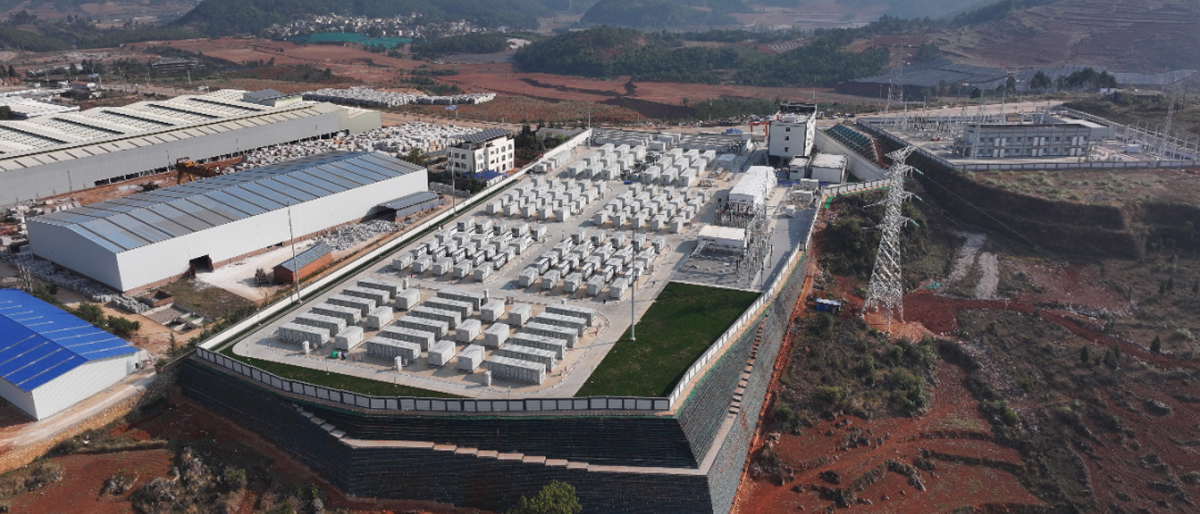
Thanks to their comprehensive advantages in cost, safety, performance, and good compatibility with lithium-ion production lines, sodium-ion batteries will be widely used in the energy storage field.
Currently, sodium-ion batteries are entering a critical development stage before industrialization. The industry generally believes that 2026 is expected to be the first year of their true large-scale commercial application.
Recently, at the 2025 "Sodium-Ion Battery Industry Chain and Standard Development Forum," Professor Li Jinghong, an academician of the Chinese Academy of Sciences and professor at Tsinghua University, offered a insightful statement that pointed the way forward for the development of sodium batteries: "The future of sodium batteries is not about competing with lithium batteries for market share. Instead, areas where lithium batteries struggle represent key scenarios and opportunities for their future development."
In fact, the future landscape for sodium-ion and lithium-ion batteries is not a simple replacement, but rather one of "coexistence, complementary development, and win-win outcomes."
Lithium-ion batteries will continue to dominate high-energy density applications, while sodium-ion batteries, leveraging their cost and scale advantages, will dominate medium- and low-energy density applications. The division of labor between the two will become increasingly clear, and together they will build a more resilient and economical energy storage system. Looking back at the current chip shortage, the rise of sodium-ion batteries is not intended to disrupt the industry, but rather to provide a more diverse and reliable "backup plan" for energy transformation. In the future, it will work together with lithium batteries to support the urgent need for stable energy storage in new power systems.
About SUNROVER's lithium-ion batteries:
SUNROVER boasts its own lithium-ion battery production line and R&D team. We offer a comprehensive range of products, from low-voltage to high-voltage, including wall-mounted, vertical, and rack-mount lithium-ion batterise. These batteries offer a wide range of capacities to meet customer needs. SUNROVER lithium-ion batteries can be connected to most hybrid and off-Grid Inverters on the market, providing stable power generation, efficient energy conversion and storage, and a cycle life of up to 6,000 cycles. They can operate stably in ambient temperatures ranging from -20°C to 80°C. Now launching200kwh energy storage outdoor lithium battery cabinet: https://www.sunroverinverter.com/200kwh-energy-storage-outdoor-lithium-battery-cabinet-product/
Suitable for Commercial and Industrial Energy Storage
Schools, factories, gas stations and other commercial buildings with high energy demands can maximize energy use
Energy independence and reduced grid power demand through solar PV and Battery Storage. iPotisEdge provides one-stop
Find solutions for commercial and industrial facilities to save on electricity bills, reduce the risk of rising energy prices, generate additional revenue from renewable energy and reduce their environmental impact.


